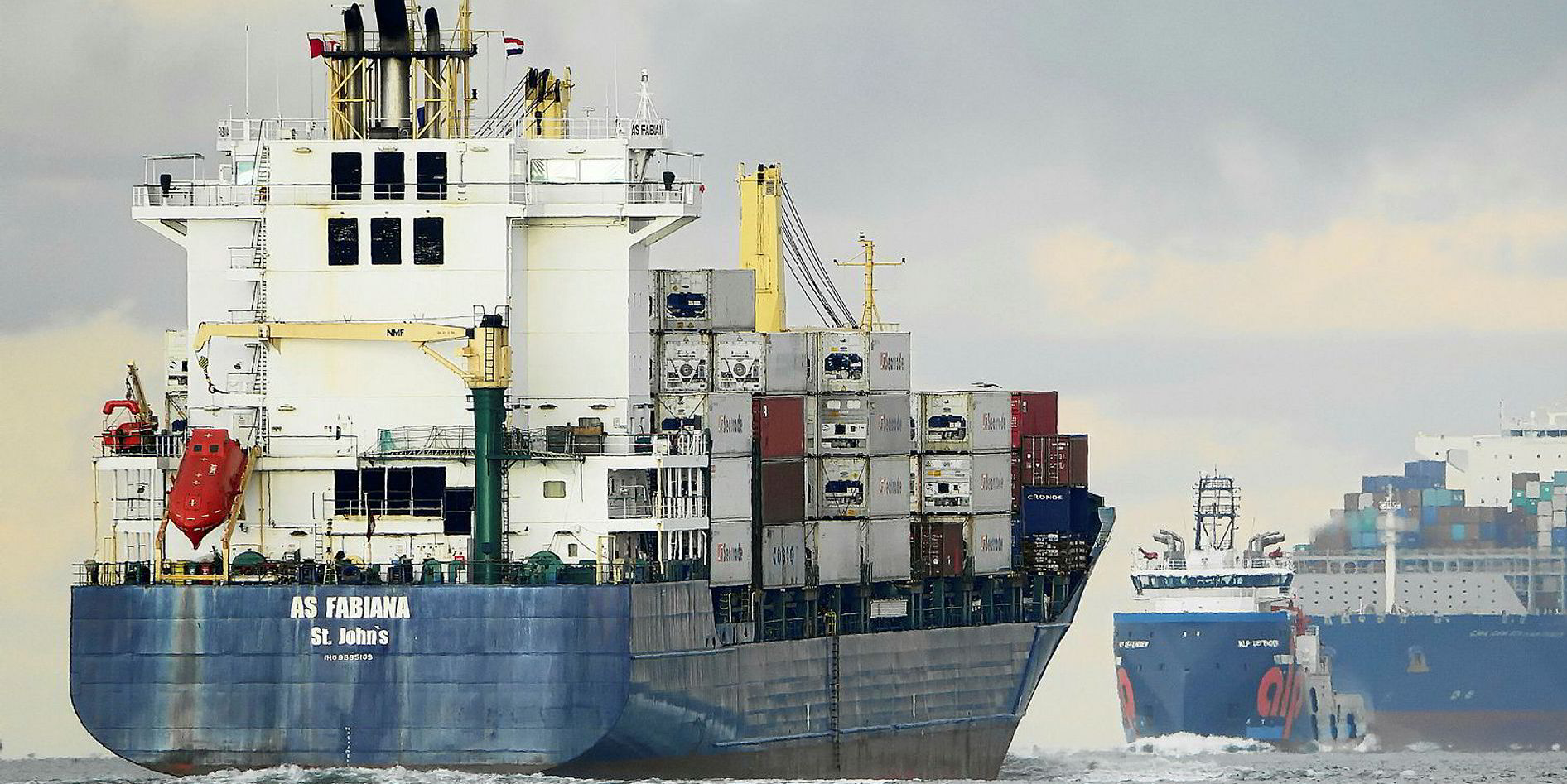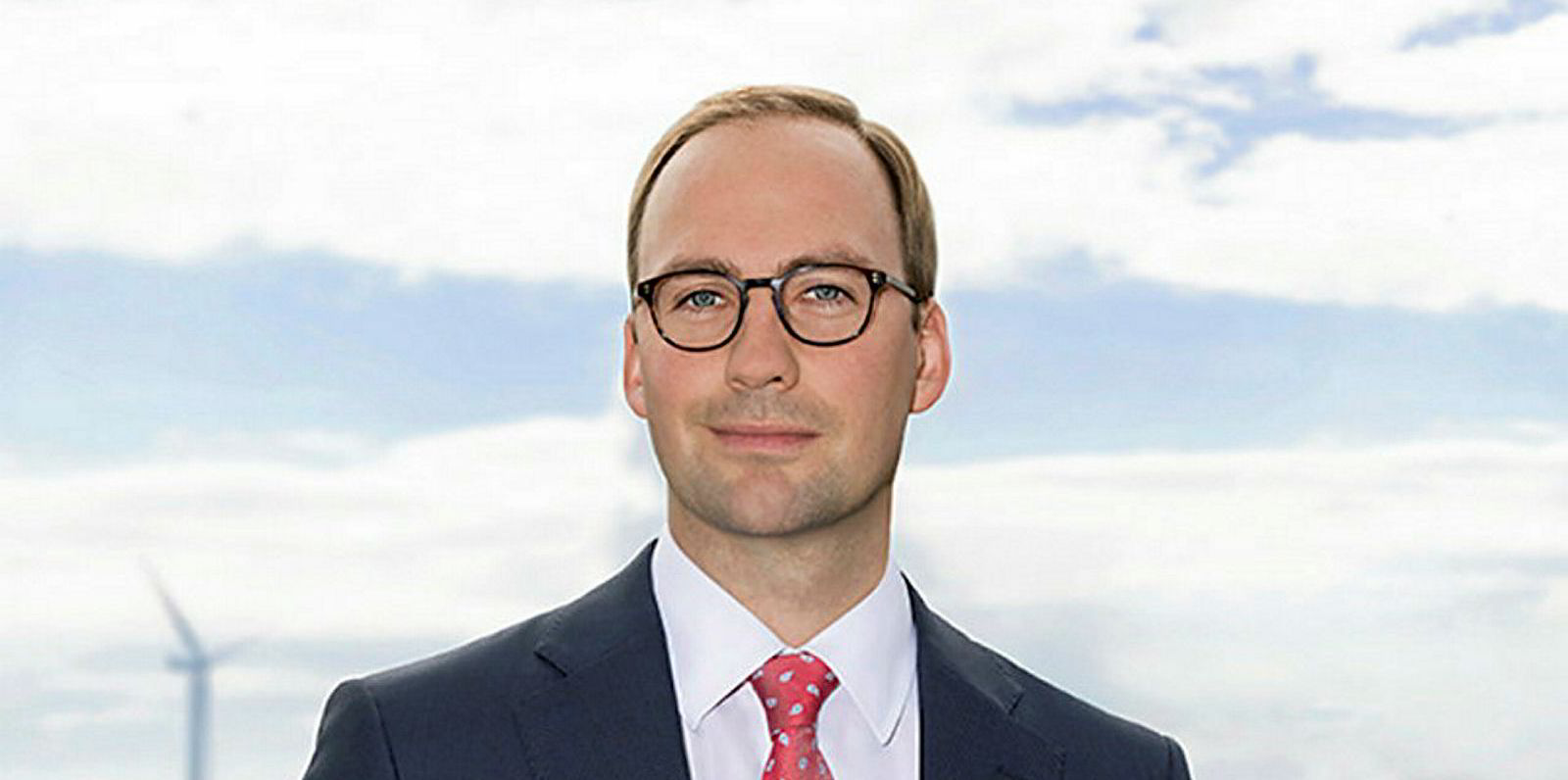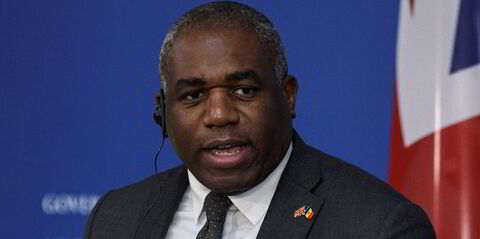A steep drop in the share price of MPC Container Ships (MPCC) has taken the shine off one of the biggest success stories of the feeder boxship sector.
The Oslo-listed tonnage provider's stock has dropped by 40% in the past six months as doubts have been raised over the prospects for container feederships in an era when main-line operators are eating into feeder volumes.
The introduction by liner operators of direct services on major east-west trades is seen as one reason the Saverys-owned, Hamburg-based Team Lines closed in February.
Other observers point to the threat posed by increasing numbers of modern shallow-draught, wide-beam ships dedicated to trades previously served by older feederships.
Share buyback
Such concerns do not worry the management of MPCC, which has started buying back 10% of its share capital.
Chief executive Constantin Baack argues that the fundamental supply and demand situation remains positive for the feedership sector.
He regards the sector as under-built and pointed to encouraging signs in the charter market.
Those green shoots could be helped by the significant slowdown of net fleet growth based on fewer scheduled newbuildings.
He expects IMO 2020 to play a role in limiting capacity, with off-hire for retrofits, tank cleaning and slow steaming.
Whether that scenario is borne out remains to be seen, but MPCC is “opportunistically buying back shares over time”.
“We currently believe [the] price of shares is attractive and that’s the best use of our capital,” Baack said.
Today, the stock price looks comparatively cheap, having fallen from NOK 51 ($5.90) per share last August to NOK 30 — a drop in market capitalisation from $504m to $303.7m.

That was after MPCC had tapped the Norwegian market for funds it used to acquire 69 ships between 966 teu and 2,846 teu.
Baack believes 2019 and particularly 2020 will be “extremely interesting”. He said some charter terms, such as the periods being discussed, reflect an improving market, even though rates are not rising yet.
But one container analyst made the counterargument that an ever-larger share of feeder business is being eaten up by main-line operators.
The share of Northern European feeder capacity held by main-line operators has increased from 34% to 56% over the past decade, at the cost of common feeder operators and shortsea carriers, according to Alphaliner.
Some observers attribute that to the increasing number of massive containerships coming into service. The need to fill very large vessels with cargo has forced liner operators to call at more ports over a larger geographic area. Bigger vessels in the Asia to Northern Europe trade are calling at Baltic ports that were previously served by feeder vessels.
2M partners Maersk Line and Mediterranean Shipping Co have begun calling at Gdansk, Gothenburg and Aarhus with ships as large as 20,500 teu, removing volumes that might previously have been shipped through Germany’s Kiel Canal.
“It is a big game-changer,” a container shipping source said.
Older designs in the 1,500-teu to 2,500-teu range that make up the MPCC fleet are potentially exposed.
Draught restrictions
They are unlikely to be able to match the advantages in terms of overall length and draught restrictions of modern Bangkokmax or Chittagongmax designs.
The willingness of some operators to deploy larger panamaxes as feederships is seen as posing a further threat.
Baack differentiates between feeder operators and tonnage providers such as MPCC.
“Given the balance sheet constraint the liners are faced with, I rather see a significant demand for chartered-in tonnage, in particular ... in the feeder segment,” he said.
He argued that as the lines focus on other areas of the business, such as digitisation and logistics, there will be a distinct need for tonnage providers.





